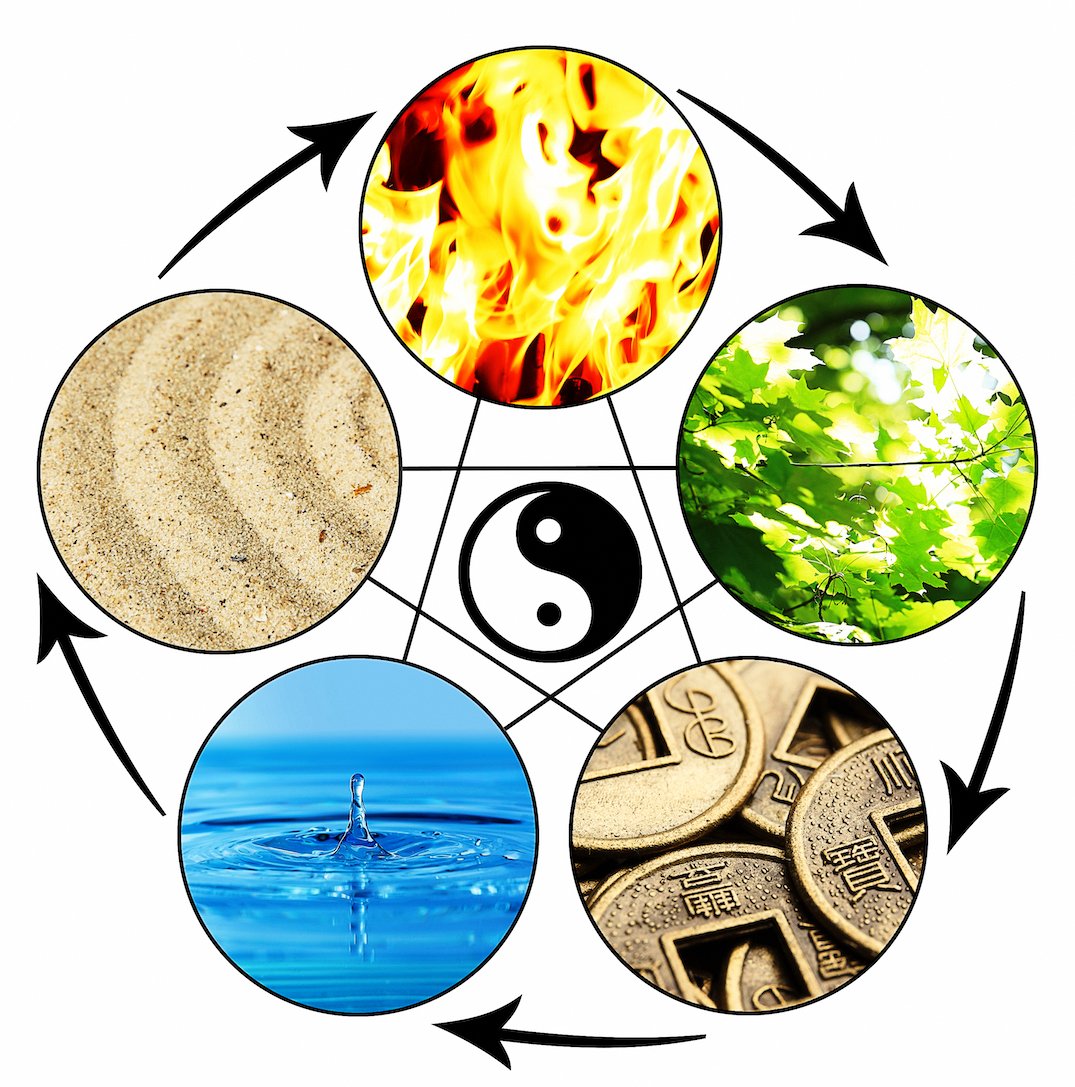Oily Dragon
Senior Master
Yeah I'm out today but I'll dig around.Yeah I mean even the assigning of animals we spoke about Wood being crane is different from what I was taught it being Mantis. Even snake was a wood option. I saw tiger assigned to wood which I thought was the strangest thing haha.
Is there books or articles where I can study wu xing in martial arts terms? I mean generally as well would be great but I think starting off the martial arts wu xing would be great.
Yeah that would be great!
Yeah u always thought this stuff had alot of depth and well as you said it wasn't Basic stuff but I figured that was the good part to it. When my instructor originally introduced me to the elements/xing yi I completely changed my training lol. For sure I remember being told that as well. Mastering them individually at first is fine but then if you don't blend them it's really an incomplete art.
Another important tidbit, is that the animals come from different actual styles. There are different tiger styles, Crane styles, even different mantis.
Elements are different. There are no water, wood, earth styles etc. These are different aspects assigned to specific styles or situations. Xing Yi does it their way, Hung Ga has very specific animal-element links.
But TCMA also has elements. So any book on that, you'll find it like they said earlier.
Spicy foods are fire, e.g. Certain illnesses are considered "wet" and so have Earth remedies. TCMA is a whole other thing so it's best left out of the convo.

